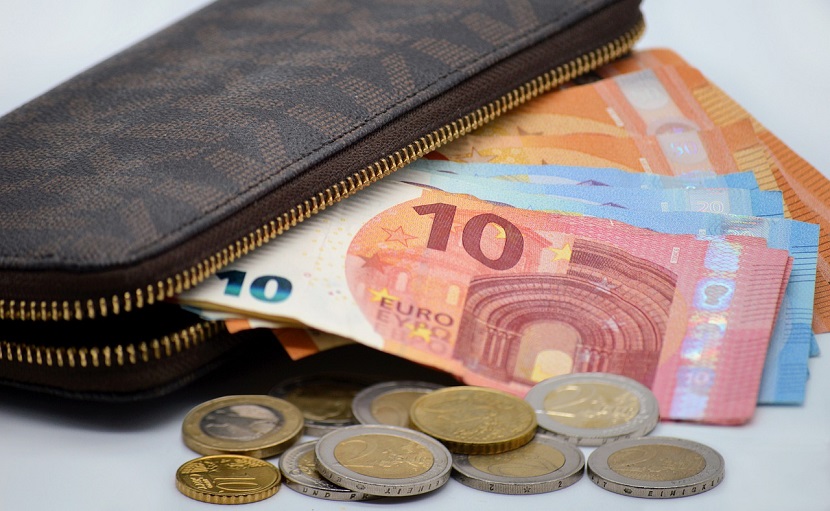Inflation in the euro zone rocketed beyond predictions in September to reach 10.0%, a new record high that will raise hopes for another significant interest rate increase from the European Central Bank the following month.
Data from Eurostat on Friday revealed that price growth in the 19 nations that use the euro increased from August’s 9.1%, exceeding predictions for a reading of 9.7%, with several euro zone members seeing the strongest price increases since the Korean War 70 years ago.
Although fluctuating energy and food prices remained to be the main drivers of inflation, it has continued to widen and is now painfully high in almost all categories, from services to industrial products.
That means that inflation is increasingly being fueled by excess demand and is at risk of becoming entrenched, which is likely to make uncomfortable reading for the European Central Bank (ECB), which targets price rise of 2%.
According to ING economist Bert Colijn, “the September data for inflation is unpleasant across the board with all broad categories facing increasing inflation.” The European Central Bank will increase interest rates by another 75 basis points in October as a result of this.
Also, the underlying inflation rate, which the ECB regularly monitors and filters out volatile food and fuel costs, has increased to a new high, increasing the need for additional rate hikes after the erroneous moves in July and September.
In addition, inflation increased to 6.1% from 5.5% when food and gasoline expenses were excluded, and to 4.8% from 4.3% when alcohol and cigarettes were also excluded.
In the meantime, the cost of energy increased 41% from the previous year. Organic food saw a 13% increase.
Even though the ECB’s next rate meeting is over a month away, several officials have already argued for an additional 75 basis point rate increase on October 27 following a total 125 basis points of moves in two meetings, the ECB’s quickest pace of policy tightening ever.
Nevertheless, markets currently predict that the deposit rate of 0.75% will increase to around 2% by the end of the year, then to about 3% in the spring of 2013 before leveling off.



